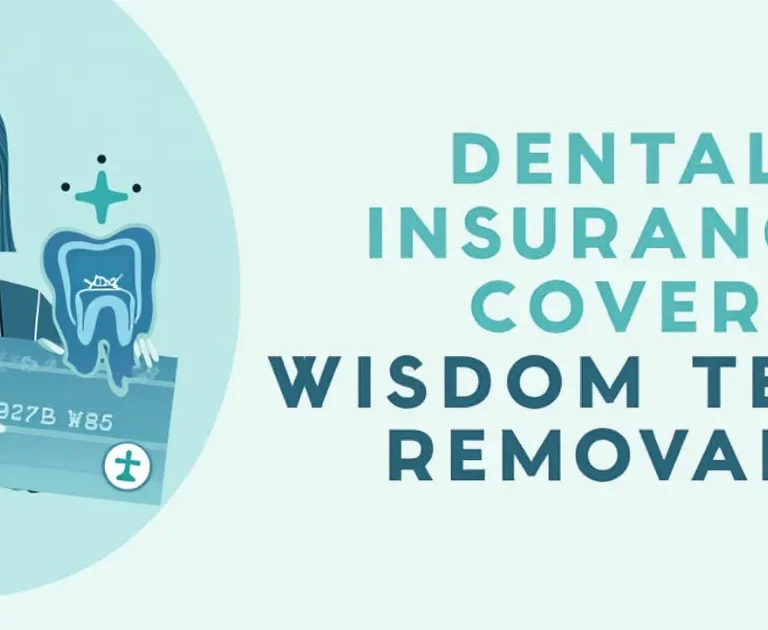Dental insurance plays a vital role in ensuring you have access to necessary dental care, but there are times when you may find that your current policy no longer fits your needs. Whether it’s due to rising premiums, insufficient coverage, or just a desire to explore better options, knowing when you can cancel your dental insurance is essential. In this guide, we’ll walk you through everything you need to know about cancelling your dental plan, from understanding your rights to navigating the cancellation process and exploring alternatives.
Why Cancel Dental Insurance Might Be the Right Decision for You
Sometimes, life changes unexpectedly, or priorities shift. You might be facing unexpected expenses and realize that your dental insurance premiums are too much for your budget. Or perhaps, you’ve found a better insurance plan that offers more comprehensive coverage or lower rates. Whatever the reason, knowing when and how to cancel your dental insurance can make a significant difference in your financial and healthcare planning.

By taking control of your dental insurance, you ensure that you’re not stuck with a plan that doesn’t serve your needs. It’s essential to understand your cancellation rights, as they can vary greatly from one provider to another. If you’re contemplating whether it’s time to cancel, this guide will help you make an informed decision with confidence.
When Can You Cancel Dental Insurance?
Understanding Your Rights and Terms for Cancelling Dental Insurance
Before you cancel your dental insurance, it’s crucial to understand your rights and the specifics of your policy. Dental insurance plans are governed by specific terms and conditions that determine when and how you can cancel.
- Review Your Policy: The first step is to check your policy documents to see what cancellation clauses are included. Most dental insurance plans have specific guidelines regarding cancellation, including the notice period required and any associated fees or penalties. Some plans allow you to cancel at any time, while others may have restrictions tied to the coverage year or premium payments.
- Know the Cancellation Window: Certain policies allow you to cancel during a “cooling-off” period (usually within 30 days), where no penalties or fees are applied. If you’re in this window, you may be able to cancel your plan with a full refund of any premiums paid.
- Employer-Sponsored Plans: If your dental insurance is provided by your employer, the cancellation process may be slightly different. Generally, you can cancel or adjust coverage during open enrollment periods, or if you experience a qualifying life event, such as a job change, marriage, or relocation.
Common Situations Where Cancelling Dental Insurance is Necessary
There are several common situations where cancelling your dental insurance may be the most practical choice:

- Switching to a New Provider: If you’ve found a plan with better coverage, lower premiums, or additional benefits, switching providers might be the right move. Before you cancel, make sure you’ve secured a new plan to avoid any gaps in coverage.
- Losing Employment and Employer-Sponsored Insurance: If you lose your job and no longer have access to employer-sponsored dental insurance, you’ll likely need to cancel your current plan and look for individual coverage options.
- Financial Difficulties: Sometimes, the premiums associated with dental insurance may become unaffordable. If your financial situation has changed, it may be time to cancel your existing policy and seek alternatives that fit your budget better.
- Relocation: If you’re moving to a different region where your current dental insurance plan doesn’t apply, you may need to cancel your existing plan and find one that covers the area where you’re relocating.
How to Cancel Your Dental Insurance
Step 1: Review Your Policy Documents
Start by reviewing your dental insurance policy to understand the cancellation terms. It’s important to know if there’s a minimum commitment period, cancellation fees, or a required notice period. Take note of the renewal date and any details about penalties for early cancellation.
Step 2: Contact Your Insurance Provider
Once you’ve familiarized yourself with your policy terms, it’s time to contact your insurance provider. This can be done through customer service, by email, or using their online portal. Be prepared to provide your policy number and identification details.
Step 3: Submit a Written Request (If Required)
If your provider requires formal written notice to cancel your dental insurance, make sure to provide all necessary details in the letter. This typically includes your name, policy number, and the date on which you wish the cancellation to take effect. Always keep a copy of your cancellation request for your records.
Step 4: Confirm Cancellation
After submitting your cancellation request, ensure that you receive confirmation from your insurance provider. Whether it’s an email or a letter, having official proof of cancellation is vital for your records. This can help resolve any disputes should they arise in the future.
What Are the Fees and Penalties for Cancelling Dental Insurance?

Understanding Possible Fees
Before you cancel your dental insurance, be aware of any cancellation fees or penalties. Most providers allow you to cancel, but some may impose a fee or refuse to refund premiums already paid.
Common Fees to Watch For:
- Early Termination Fee: Some providers charge an early termination fee if you cancel before the contract term ends.
- Non-Refundable Premiums: If you’ve already paid for a specific coverage period, your insurer might not refund the premiums for that period if you cancel early.
It’s essential to review the terms of your contract to understand any potential charges. In some cases, the cancellation penalty might outweigh the benefits of cancelling, so weigh your options carefully.
Potential Impact on Coverage






